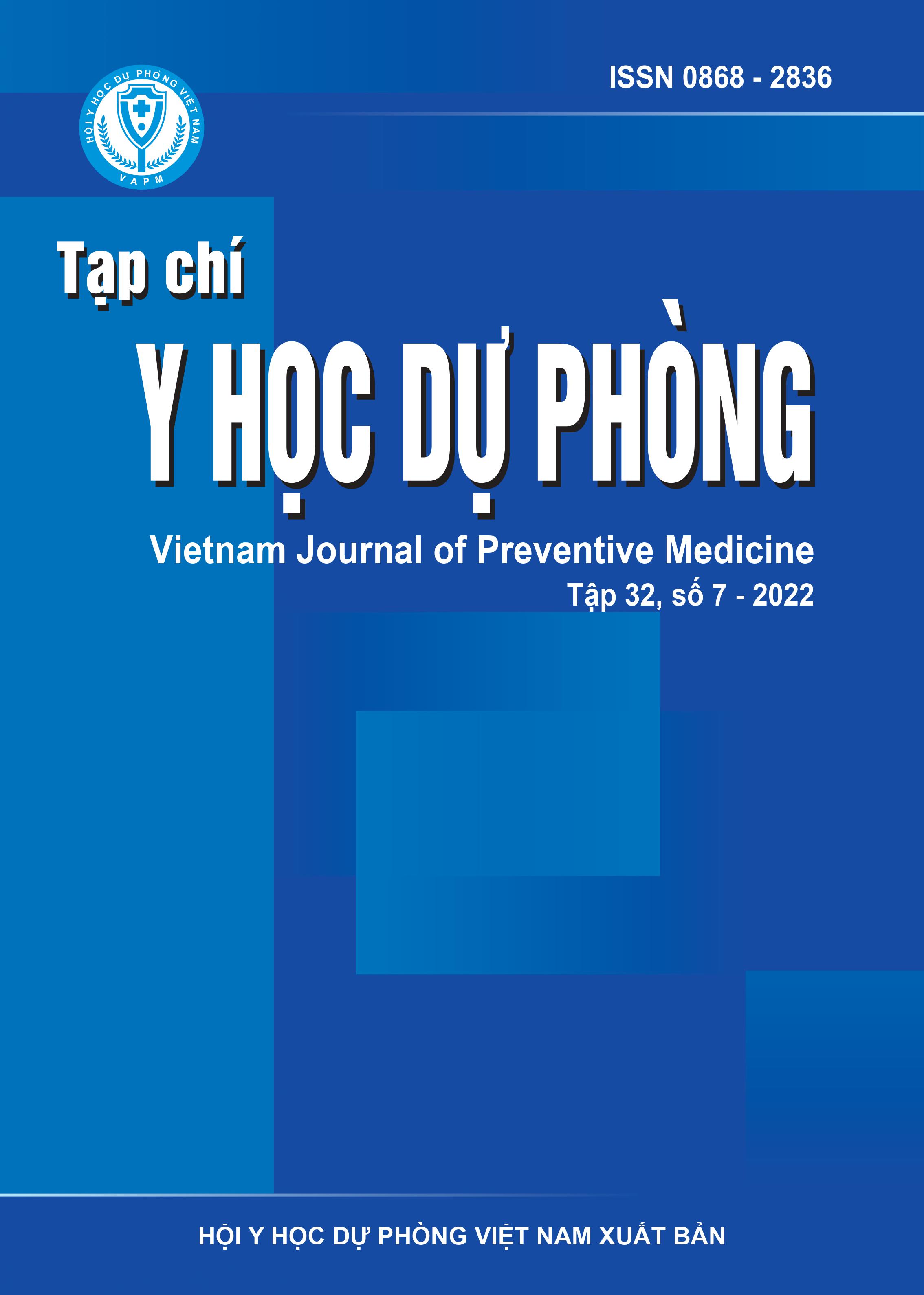Re-emergence of rotavirus G1P[8] which was genetically unrelated to vaccine-derived strain in Nam Dinh province, 2020 - 2021
DOI:
https://doi.org/10.51403/0868-2836/2022/842Keywords:
Rotavirus, G1P[8], vaccinederived rotavirus strainsAbstract
Rotavirus G1P[8] is one of predominant rotavirus genotypes worldwide. Until 2013, the G1P[8] genotype was still the most dominant; later was dominated by the G3 genotype from 2015-2016. The 3 live attenuated vaccines licensed in Vietnam all contain G1 and P[8] components. This study aims to monitor G1P[8] circulation during 2016-2021 and evaluate the relationship between the increased prevalence of this genotype with the pilot implementation of Rotavin-M1 in Nam dinh province. Using RT-PCR with specific primers, we showed a re-emergence of G1P[8] strains with a high frequency (23.2%) in Nam Dinh from 6/2020- 5/2021, after 4 years with a low prevalence (0% - 2.4%, annually). Nucleotide/amino acid sequence comparison and phylogenetic tree analysis indicated that the currently circulating strains belong to G1-lineage II and P[8]-
lineage III, different from Rotavin-M1 vaccine (G1-lineage I, P[8]-lineage II), Rotarix vaccine (G1-lineage II, P[8]-lineage I) and Rotateq vaccine (G1-lineage III), P[8]-lineage II) strains. These strains exhibited 2 - 3 variations in amino acid sequences compared to those of Rotavin-M1 and Rotateq in the VP7 gene and 2 - 4 variations compared to Rotavin-M1 and Rotarix in the VP4 gene. These results showed the genotype G1P[8] that recently became common in Nam Dinh could not be derived from the rotavirus vaccine strains. Further monitoring the circulation of this G1P[8] strain should be continued in the future.
Downloads
Downloads
Published
How to Cite
Issue
Section
License
Publication License No 150/GP-BTTTT signed on May 8, 2014;
Electronic Publication License No 322/GP-BTTTT signed on June 15, 2016.


